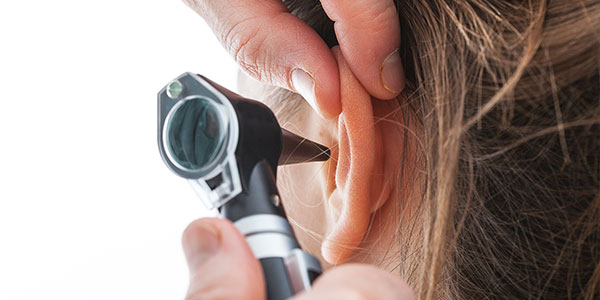“Not another ear infection!” Most children experience a few ear infections during early childhood. For some kids they seems to pop up almost as frequently as the next mortgage or rent payment. Ear infections are most common in children from 3 months to 4 years old. Although ear infections can cause temporary pain and discomfort, you can rest assured that most children will outgrow them.










